
Article Map
- What is a Class D amplifier?
- How does Class D amplifier work?
- Class D amplifiers advantages.
- Class D amplifiers disadvantages
- Why should you choose a class D amp for your home stereo system?
The Class D amplifier was first invented by British scientist Alec Reeves in 1950. In recent years, Class-d audio amp demand has been rising, and it’s becoming more popular in the music arena for its high effectiveness.
In this article, I’ll cover what it is, how it works, the pros and cons, and why it’s best for your home stereo system.
What is A Class D Amplifier?
 A class-d amplifier is an electronic amplifier also known as a power switching amplifier. where the output transistor stage operates as electronic switches, and there are not much linear gain as other amplifiers do. A class D amp starts work by taking an incoming analogue input signal and generating PWM or PDM. Then it converts the input signal into a stream of pulses. It’s an amplifier that mostly amplifies MOSFET and transistors. So, we can say a typical class-d amplifier consists of two output MOSFET, a pulse width modulator, and an external low pass filter to recover the amplified audio.
A class-d amplifier is an electronic amplifier also known as a power switching amplifier. where the output transistor stage operates as electronic switches, and there are not much linear gain as other amplifiers do. A class D amp starts work by taking an incoming analogue input signal and generating PWM or PDM. Then it converts the input signal into a stream of pulses. It’s an amplifier that mostly amplifies MOSFET and transistors. So, we can say a typical class-d amplifier consists of two output MOSFET, a pulse width modulator, and an external low pass filter to recover the amplified audio.
How Does Class D amplifier Work?

As we know, the Class D amplifier works with pulse width modulation (PWM) or pulse density modulation (PDM). So, by using pulse width or pulse density, it creates an equal analogue output stage for the speakers, rather than the traditional digital-to-analogue conversion. It amplifies devices are usually MOSFET or transistors, which operate as electronic switches.
Let’s take a deep dive into a more detailed explanation for better understanding.
A Class D amplifier creates a series of rectangular pulses of fixed amplitude when it starts working. It varies in area and separation, or in number per unit time. Furthermore, the amplitude variations of the analogue audio input stream are represented by these pulses as well. It is also feasible to synchronize the modulator clock with an incoming digital audio input signal, so eliminating the need to convert the digital audio signal to an analogue signal. The output stage of the modulator controls the operation of the output transistors by switching them on and off alternately. It is important to make sure that the pair of transistors are not going to conduct together simultaneously. If it conducts together, a short circuit between supply rails through the transistor would happen. The class d amplifier circuit then makes use of the loudspeaker's inductance to prevent the high-frequency component from overheating the voice coil.
As the transistors are either completely "on" or completely "off," they spend a very short time in the linear zone and their power dissipation is very low throughout this period. This is the main factor in its high efficiency. It has less power dissipation and has lower thermal dissipation when compared to its predecessors, which means it has more effectiveness than Class A, Class B, Class AB, and Class D. A basic low-pass filter made up of an inductor and a capacitor directs a pathway for the audio signal's low frequencies while leaving the high-frequency pulses behind. Occasionally, the output stage filter is omitted in cost-sensitive applications.
According to the Wikipedia
Is the work principle above make you hard to realize? Don’t worry, we help you sum up the advantages straightforward below that you can simply understand how class d amp benefits you!
Advantages of Class D Amplifiers
1. High Efficiency
The biggest advantage of a class-D power amp is its high efficiency. It also provides low heat power dissipation, incredible performance, provides great output, and can be utilized for multiple purposes. This Class D weigh less than A, B, or AB amplifiers. When it comes to portable sound reinforcement structure equipment and bass amplifiers, this is a vital issue.
2. Wide Application
Class D power amplifiers have a wide application range and a low minimum connected load. Also, the battery conversion rate remains constant regardless of the load capacitance.
3. Clear Sound
Class-d power amplifiers lack high and intermediate frequencies, allow for relative frequency adjustments, produce a highly clear sound, and the sound image is quite accurate in its positioning.
4. Mass Production
Class-D power amps are ideal for mass production. As long as the components are placed correctly, you can ensure product consistency and eliminate the need for debugging during the manufacturing process, which is safe and reliable.
5. Versatile Functionality
Class-d amp can perform group control, remote control, monitoring, and other operations directly, without the need for any other equipment.
6. Power-efficient
Compared to other amplifiers such as class A, class b, and AB, the class-d amp is more power-efficient. Class AB only produces a maximum effectiveness of 78.5%. The effectiveness of the class AB amp can drop as low as 50% in a practical scene. A well-structured class-d amp will never produce less than 90% of effectiveness with real speakers as a load at the same time as an AB amplifier. Due to the great effectiveness of class-d amplifiers, they require a smaller heat sink and power supply. For this reason, class-d amplifiers are much lighter than analogue amplifiers, which is the key advantage of a class-d amplifier.
Now, you may ready to love class d amplifier and want to have one. But no device is perfect, so as class d amplifier. We also need to know it’s disadvantages to see if it meets our needs or not. In the following section, I am going to help you sum up some disadvantages.
Disadvantages of Class D Amplifiers
- No Particular Switch
A class-D power amplifier has no particular switch. The quality of the entire product will fail if the installed power transistor and other components are not correctly matched.
- Potential Power Fluctuate
The potential close to the ground of the power transistor will fluctuate during the initial connection and final shutdown processes of the class-d amp, causing an increase in noise.
- Dead Zone
The Class-d amplifier output circuit may contain a dead zone.
Even though the class d amplifier has the disadvantages above, it is a trending now for audio amplifiers cause its small size and high efficiency. The benefits are much that the disadvantages won’t cause the big problem for using which can be ignored. And let us give you more examples that are more relevant to your home stereo system.
Why should you choose a class D amp for your home stereo system?
While you’re searching for the best audio amp for your home stereo system, you’ll find that most of the amp is made by a class-d amplifier. It’s almost universally used in the home theater stereo system. Because it has a straightforward design, stable performance, and a size that is much smaller compared to other amplifiers. Another reason is it’s the best fit for a wireless surround sound speaker or Bluetooth surround system. Choosing a class d power amp will be the right decision for you if you do not want to hear any sound distortion like clicks, pops, or hisses from your audio system. A class D amp sounds more decent and it’s known for its high (king) efficiency.
The modern Class-D amp is designed with wireless system so anyone can stream their favorite music wirelessly over Bluetooth, WIFI, and Airplay. You can control the connectivity of your whole house audio wirelessly through amplifiers. A modern class d amp will enhance your speaker and subwoofer performance, will play your speakers loud and clear, and also ensure your studio-type sound quality. Considering all the facts and comparisons with other amplifiers, the class D amplifier is the best for your home stereo system.
Our Arylic system was exactly meet the modern trending that we are major in producing the wireless class d amplifier for home stereo system. By different application and use, we have different models to fit your home stereo speakers and ceiling surround sound speakers so you can add wireless capability to your system like WiFi , Bluetooth and Airplay.
You may find finished class D amplifiers or various types of DIY class D amplifier boards which may fulfill your needs at an affordable price.
Let me give you a quick view of Arylic’s class d amplifiers' advantages.
- Support WiFi & Bluetooth streaming
- Support Airplay, Spotify Connect, DLNA, UPNA protocols
- Support Spotify, Amazon Music, Tidal, Deezer, Qobuz, Napster, TuneIn, Internet Radio, and iHeart Radio.
- Support local files, USB Storage, and NAS streaming
- Multiroom/multizone streaming
Want to discover more? Then click to view the product from Arylic. It won’t take long. Thanks for watching, leave your comments below and feel free to share your thoughts to us! You also can write us by email at info@arylic.com .
See you next time!

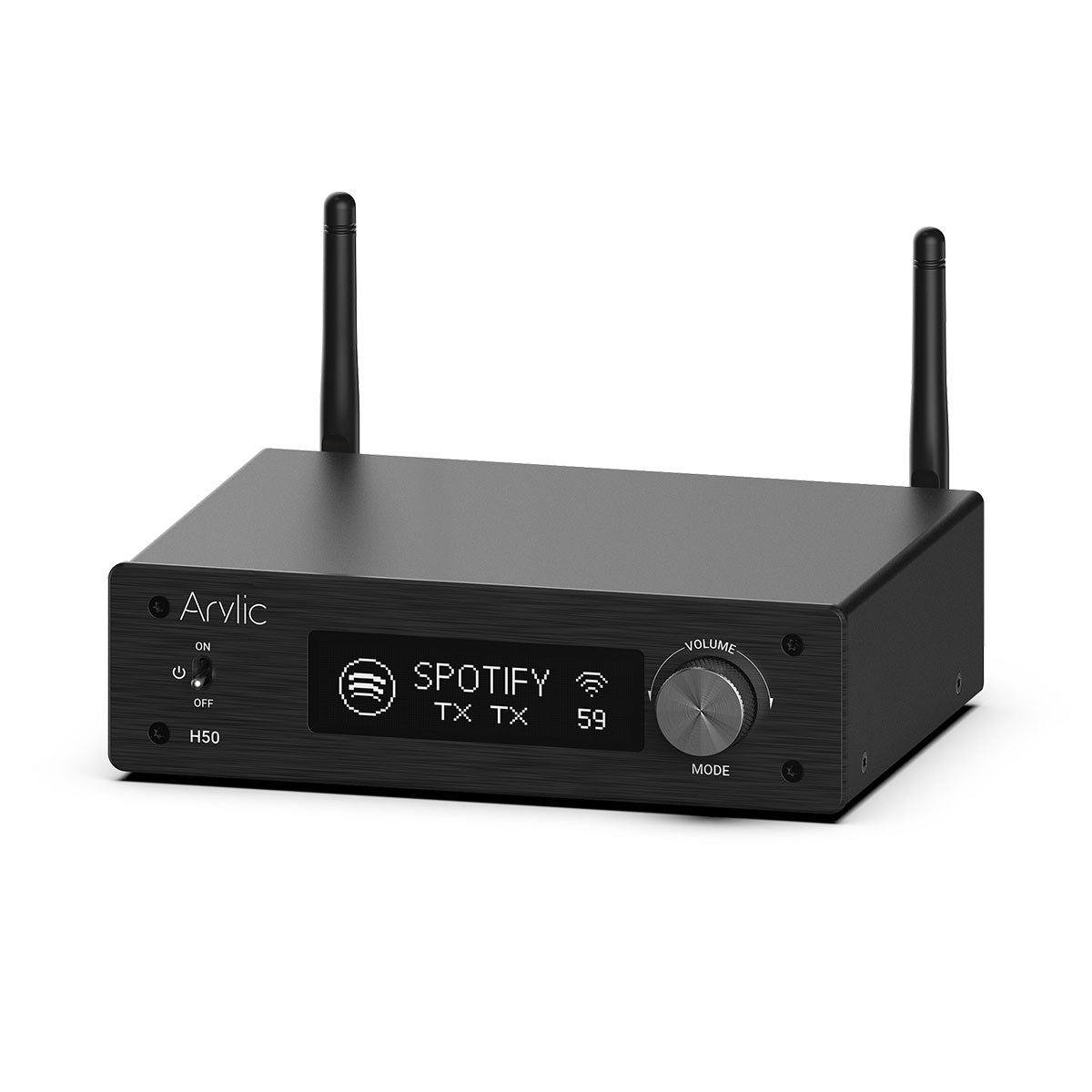
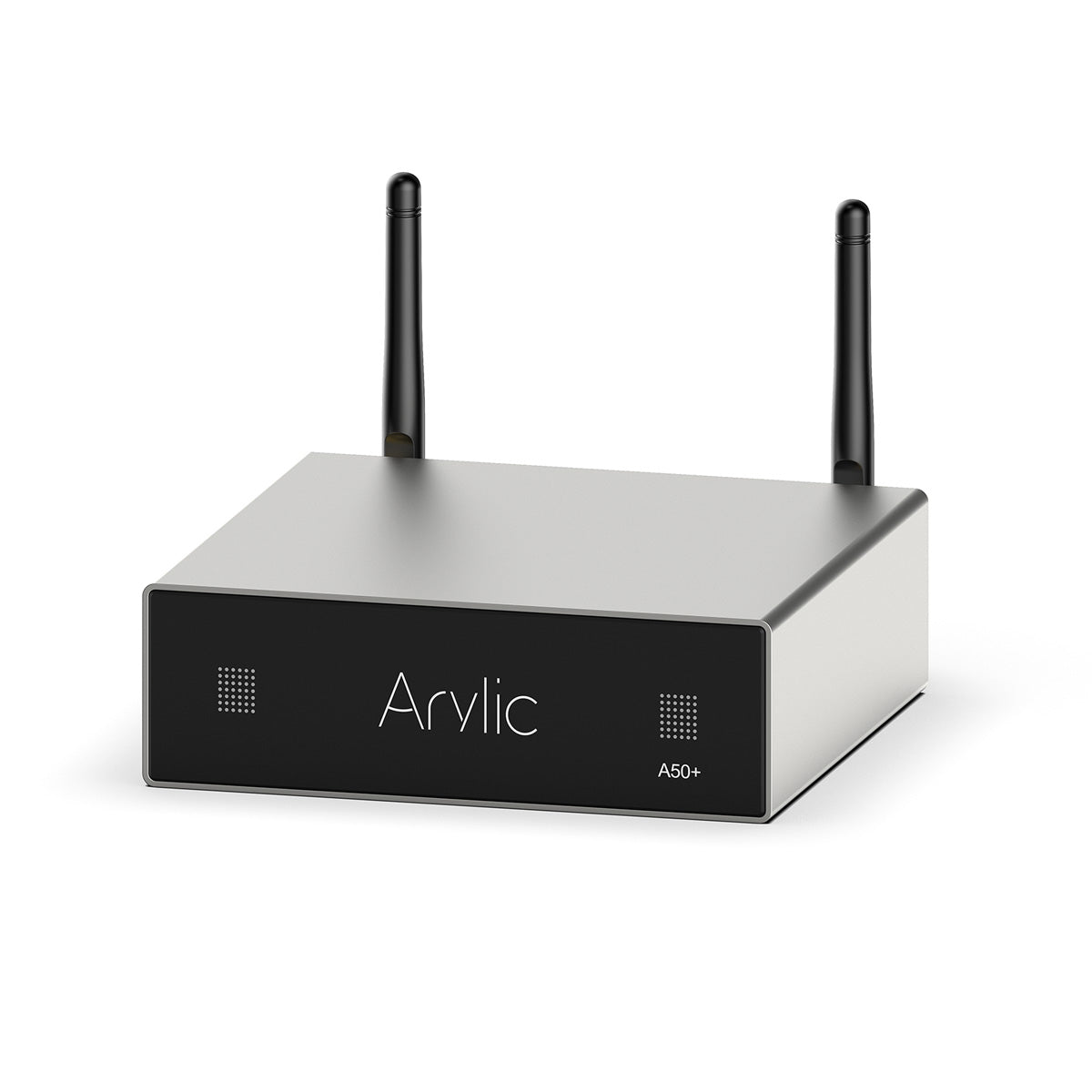
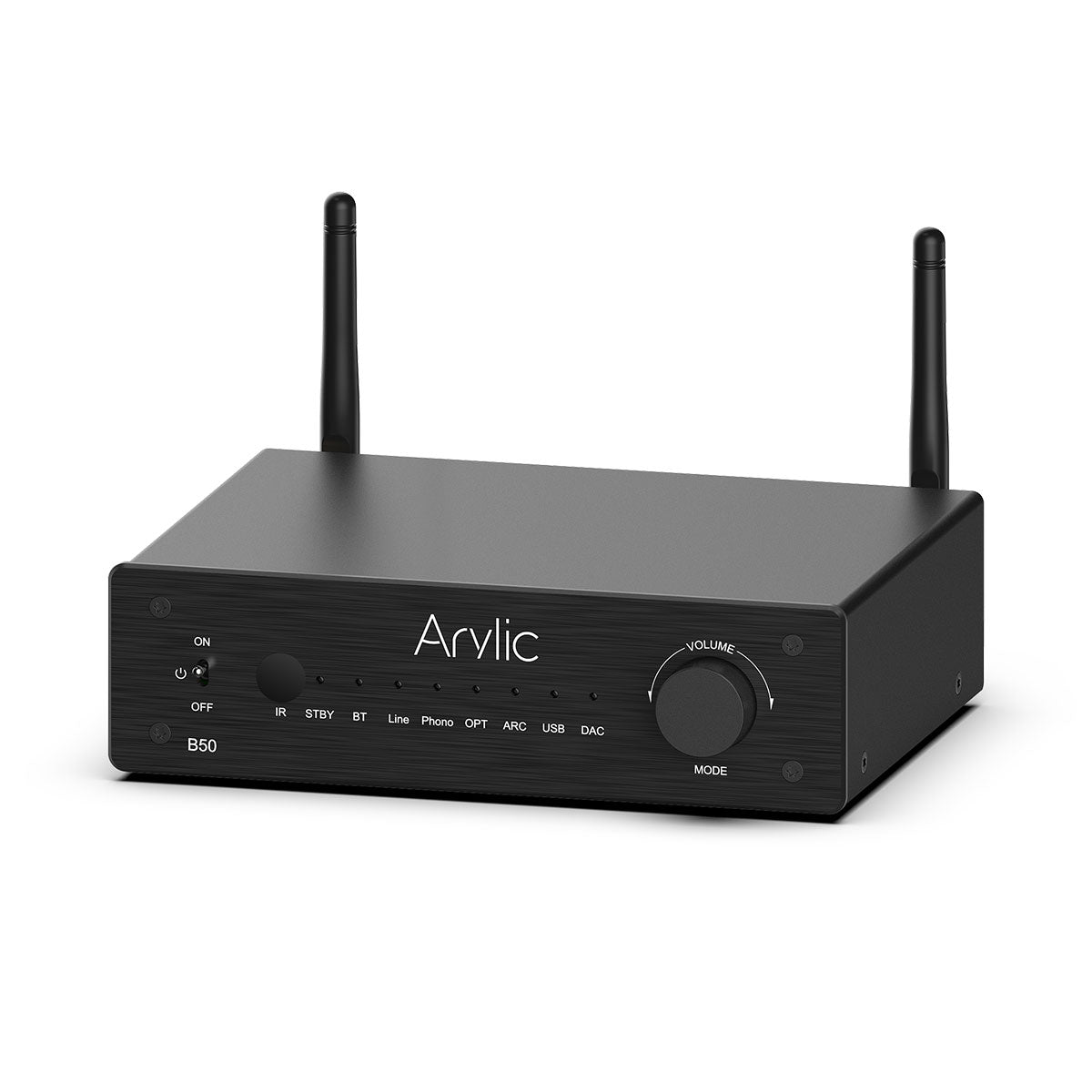
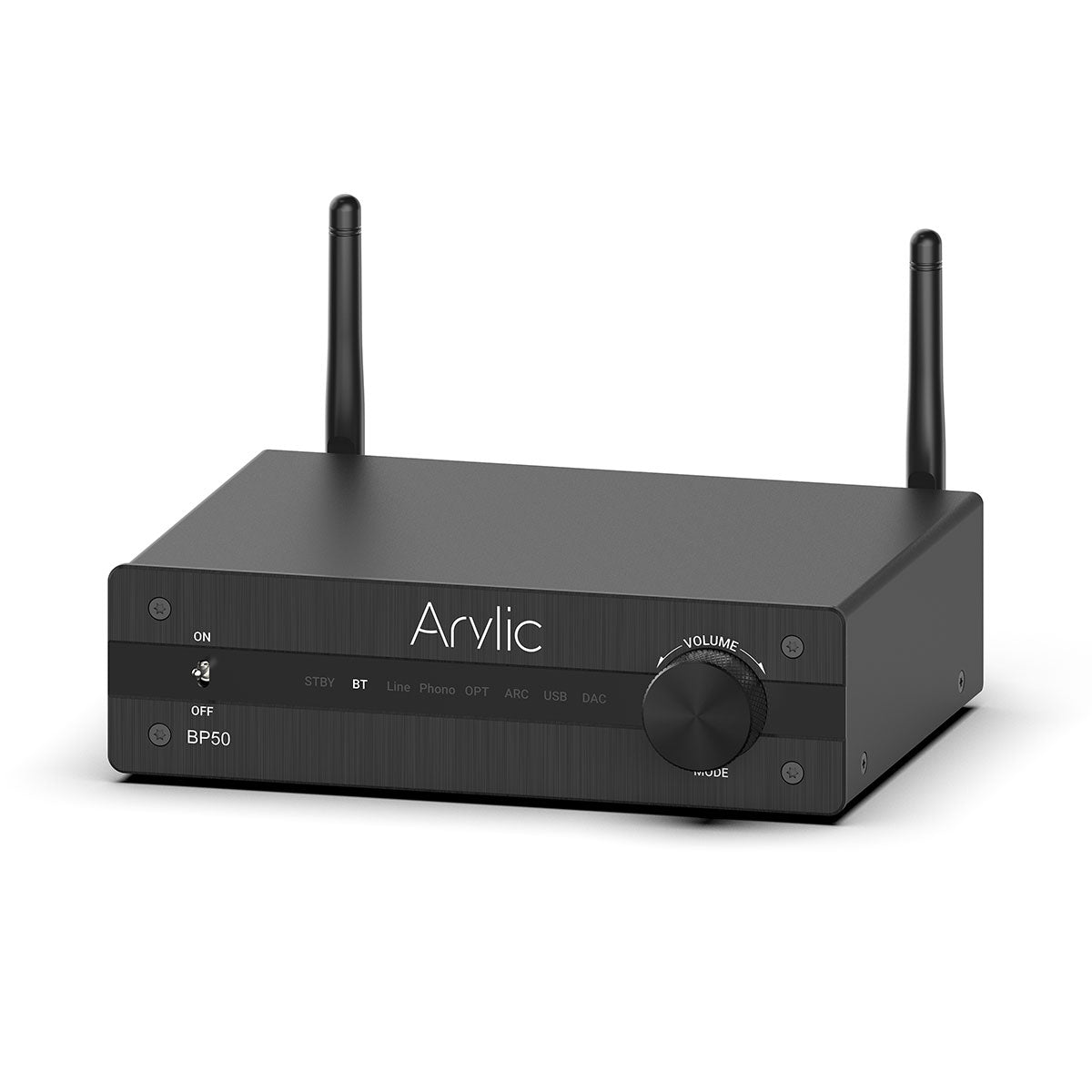
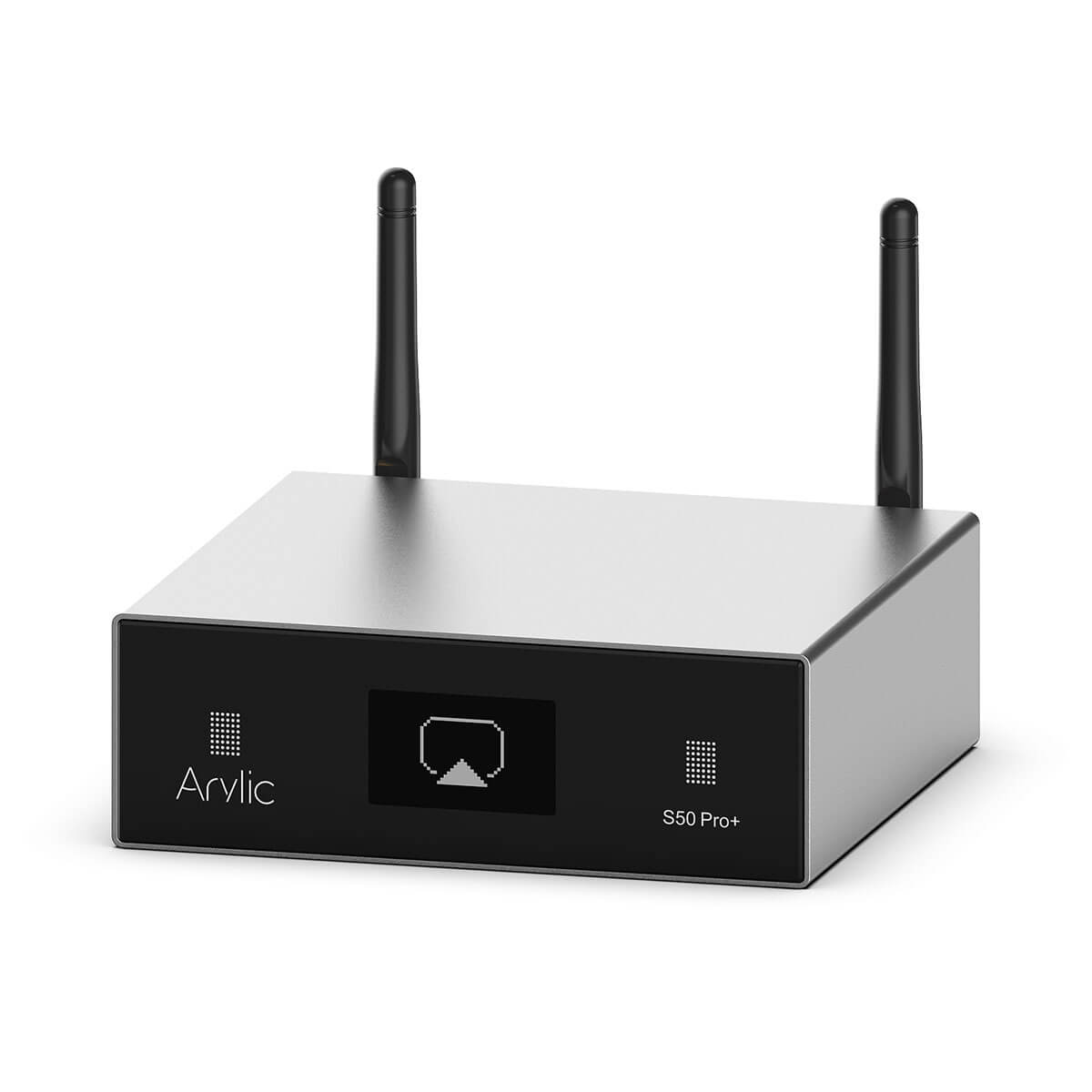
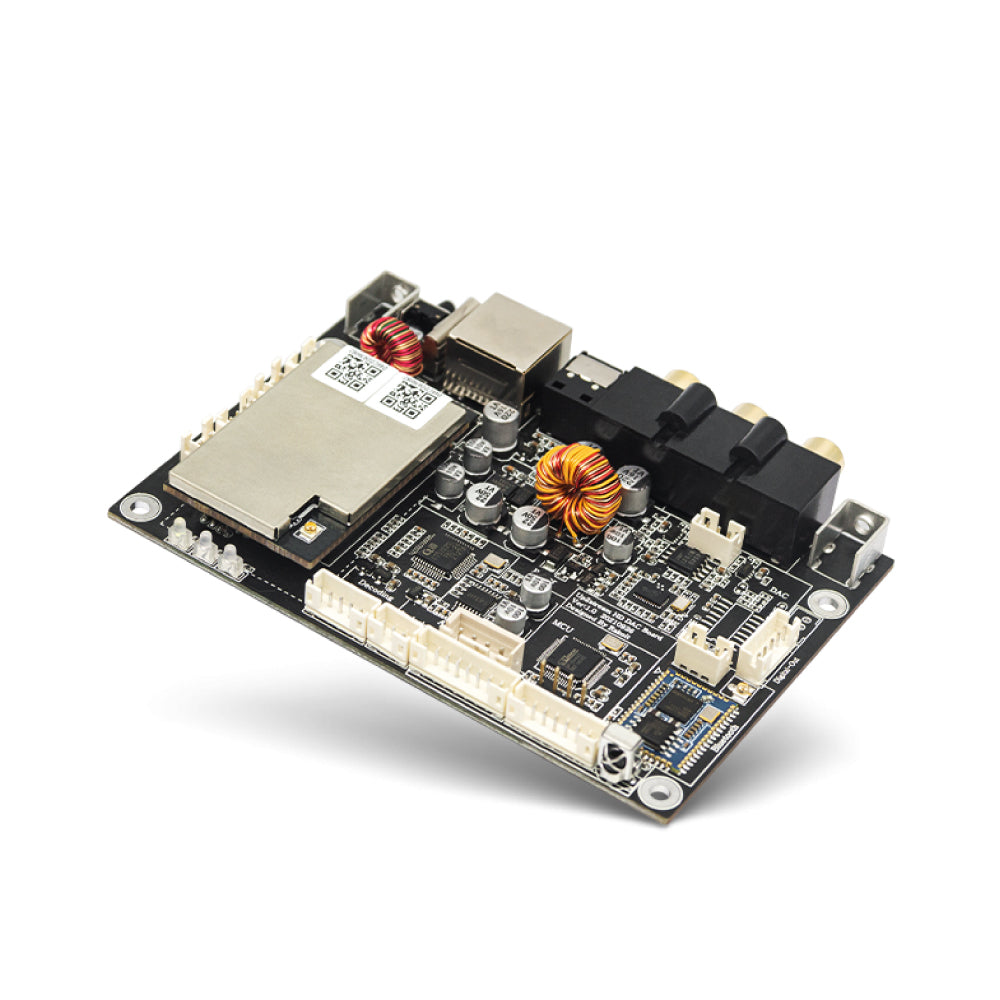
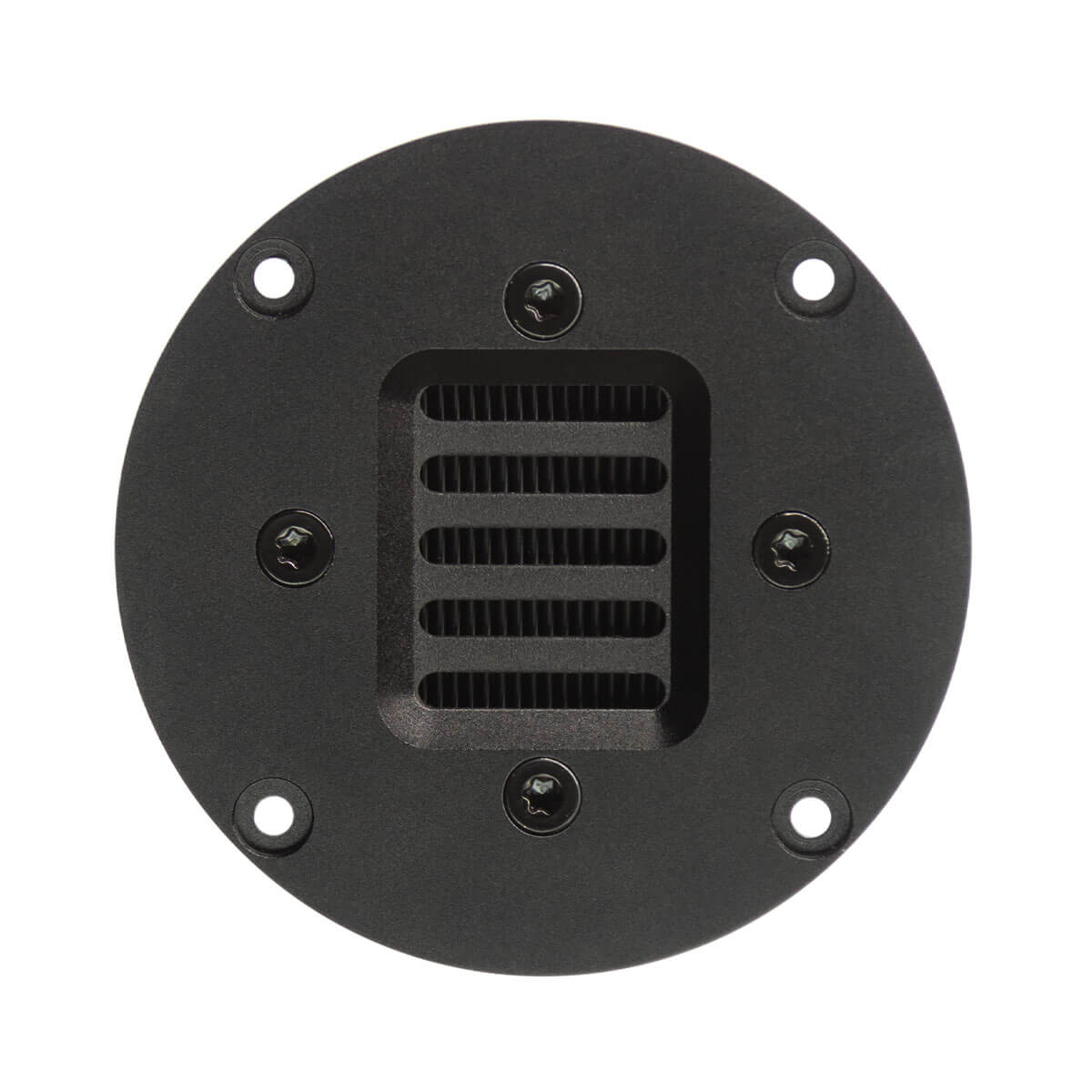

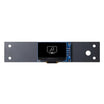
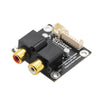
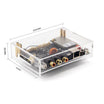
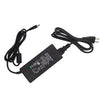
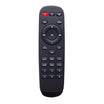
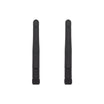
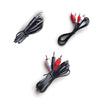

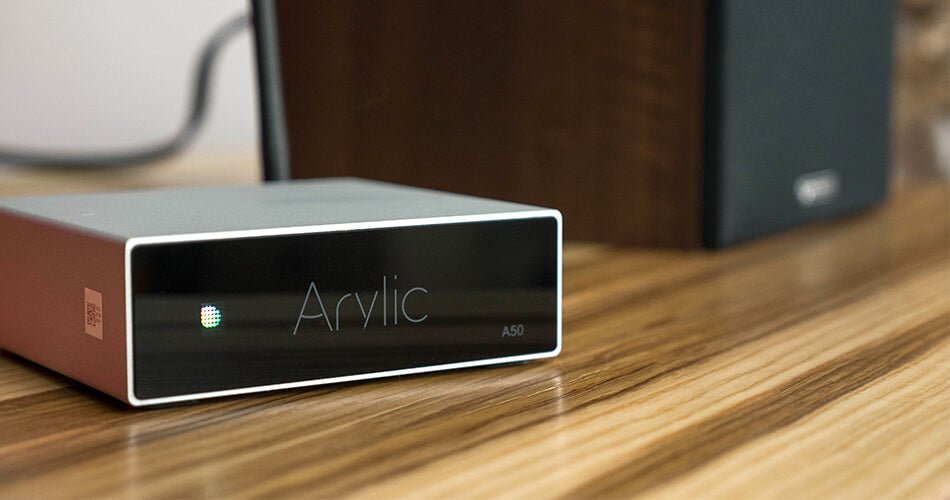
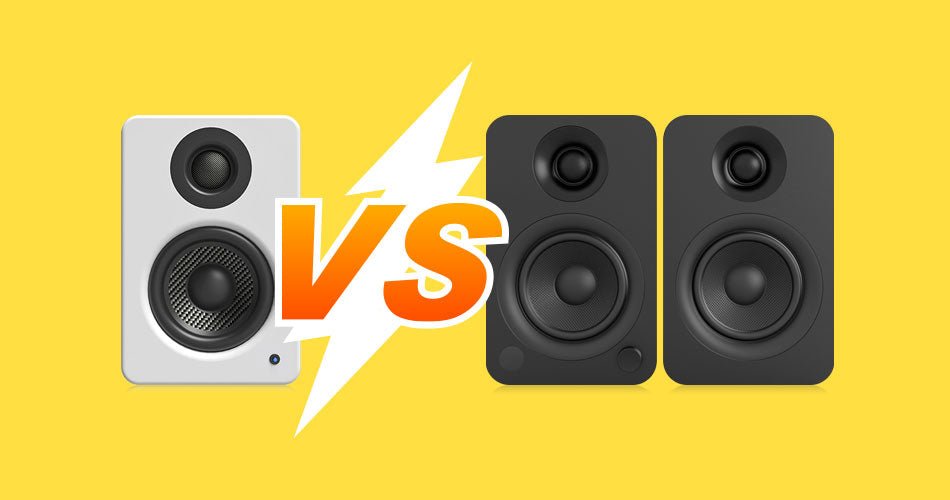
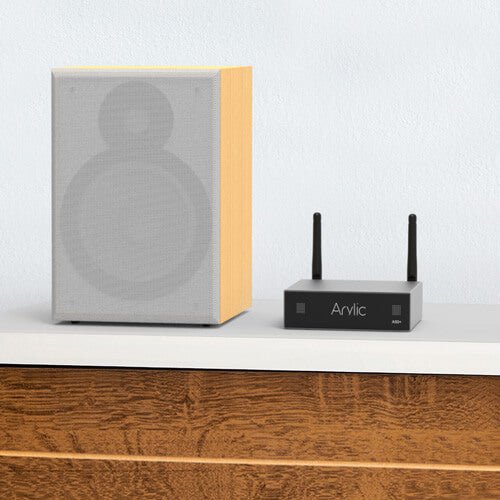
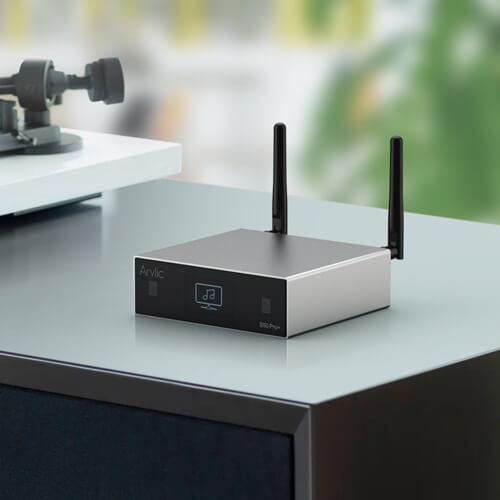
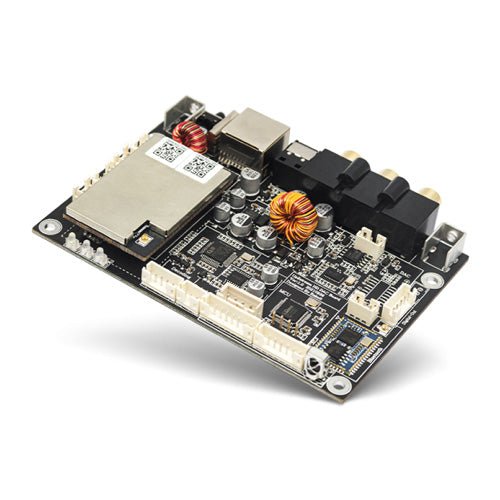















1 comment
JohnIL
I bought a Tripath amp few years back which I guess was basically a D type amplifier. Works fine with some smaller Polk T15 bookshelf speakers which are efficient. I do notice that distortion increases quickly as volume or output increases. Can’t ask much out of a $25 amplifier, right? Been looking for something a bit better in a D amp that provides a more pleasing and higher output with low distortion. It does appear that D amplifiers are sensitive to proper engineering in order to work well.
Leave a comment
All comments are moderated before being published.
This site is protected by reCAPTCHA and the Google Privacy Policy and Terms of Service apply.